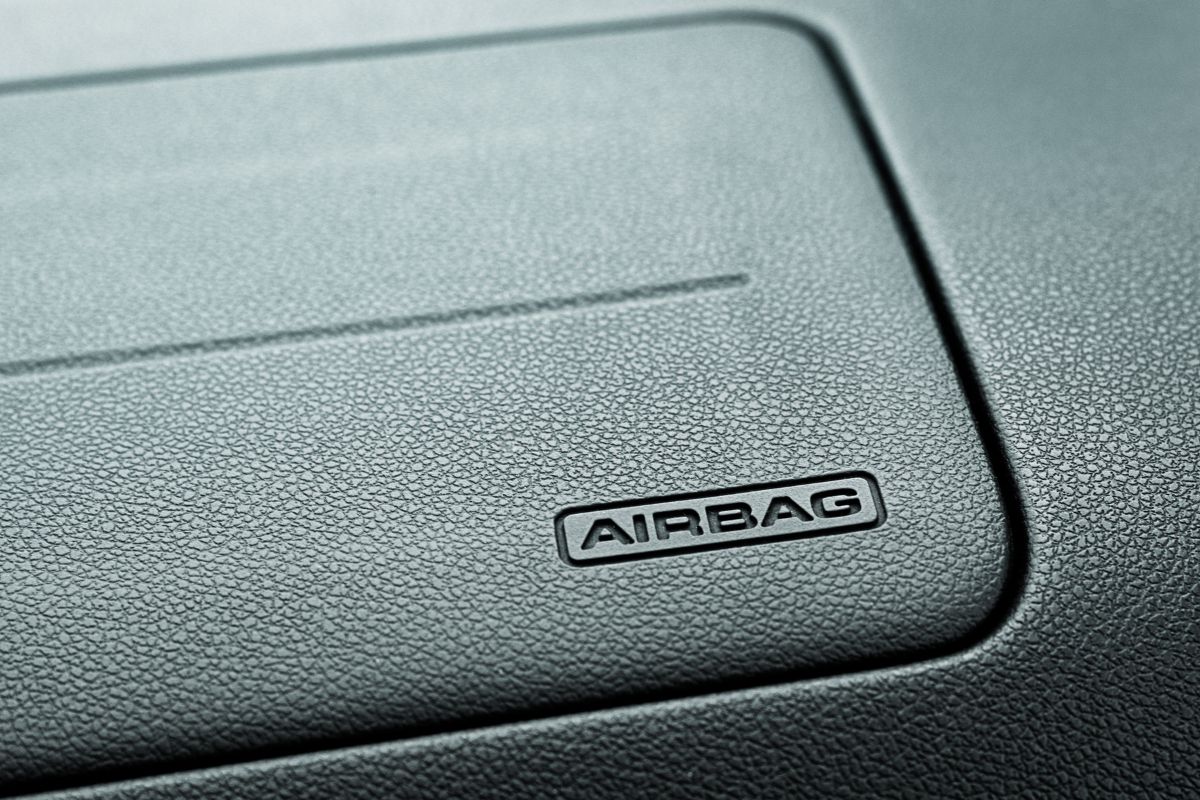
Overview
Car accidents and crashes occur frequently across the United States. These incidents can happen in various ways—such as when one car collides with another, when a vehicle hits a stationary object like a pole or tree, or when a car loses control and tumbles down a slope or embankment.
To reduce injuries resulting from car accidents, manufacturers have equipped vehicles with essential safety features like seat belts and airbags. Modern cars are often equipped with multiple airbags located in the steering wheel, dashboard, doors, and other key areas of the vehicle interior.
Airbags are designed to deploy during an accident to protect drivers and passengers from injury. However, there are instances when airbags do not deploy as intended—or fail to deploy at all. When airbags malfunction, the safety and well-being of the vehicle occupants are jeopardized. It is the responsibility of car manufacturers to ensure that all safety equipment, including airbags, functions properly in the event of an accident.
Types of Defective Airbags
Many different forms of airbag defects can cause problems in the case of an accident. The most common include:
- The airbag failed to deploy
- The airbag deployed, but not at the correct time
- The airbag lacked internal tethers, causing it to inflate unevenly
When airbags fail to deploy during a collision, the results can be catastrophic, leading to serious injury or death. On the other hand, airbags that deploy unexpectedly or without cause can cause the driver to lose control of the vehicle, potentially leading to an accident or injury.
Properly functioning airbags are a critical component of vehicle safety. Defects in airbag systems not only endanger lives but also represent a failure on the part of manufacturers to uphold the safety standards that consumers rely on.
Habush Habush & Rottier’s defective product liability lawyers can help you file a claim for any damages due to a defective airbag.